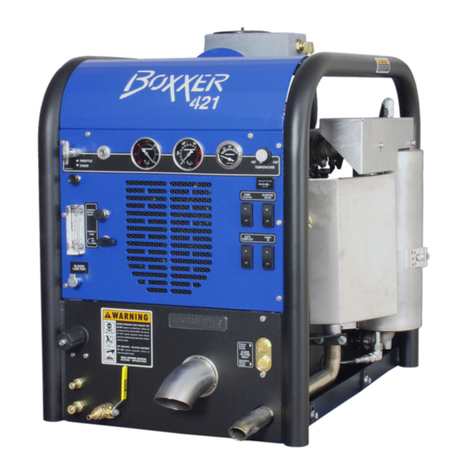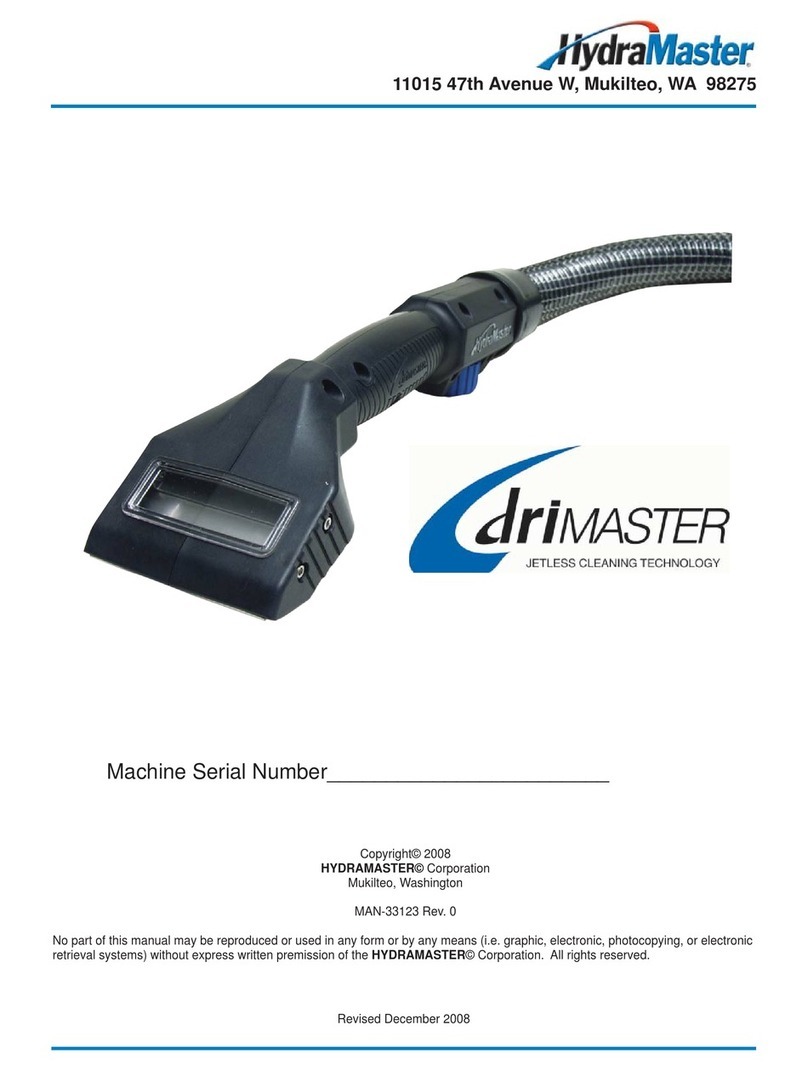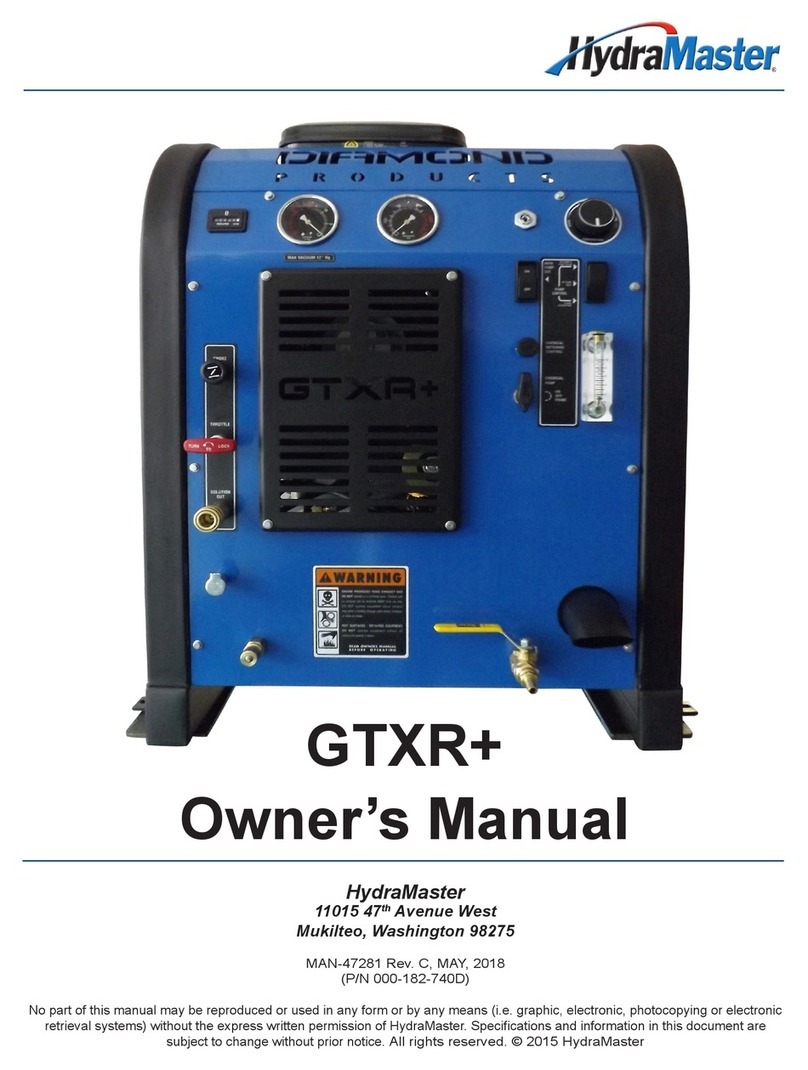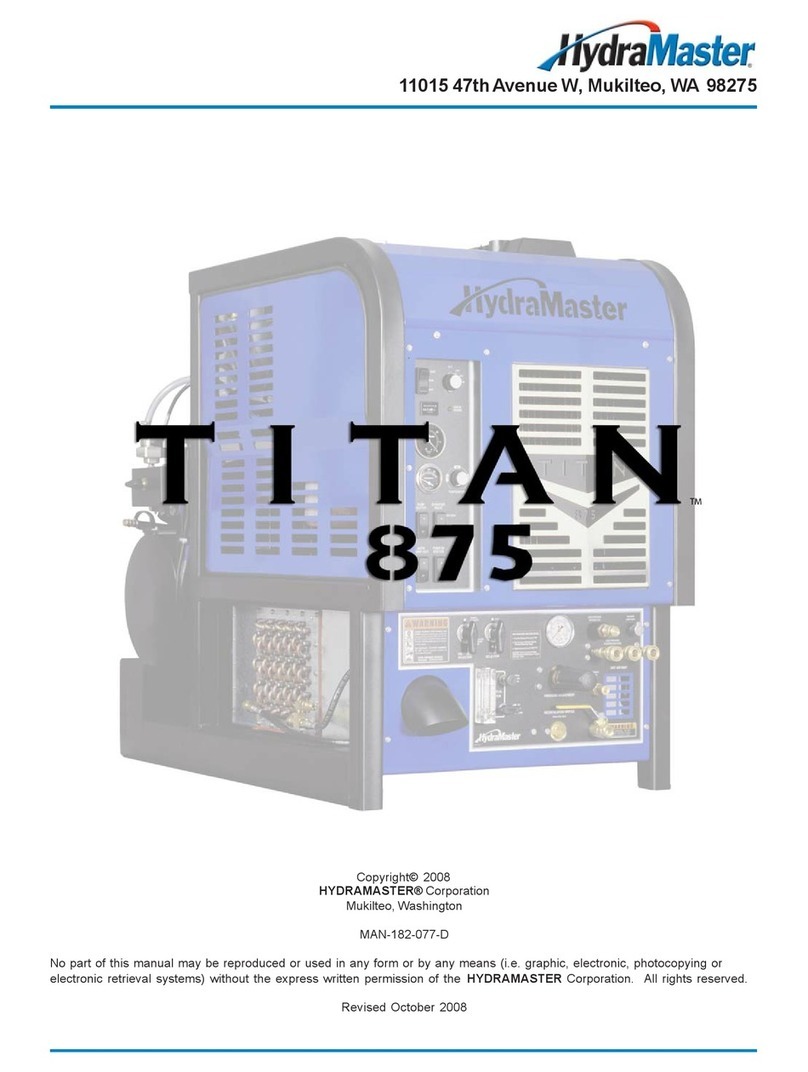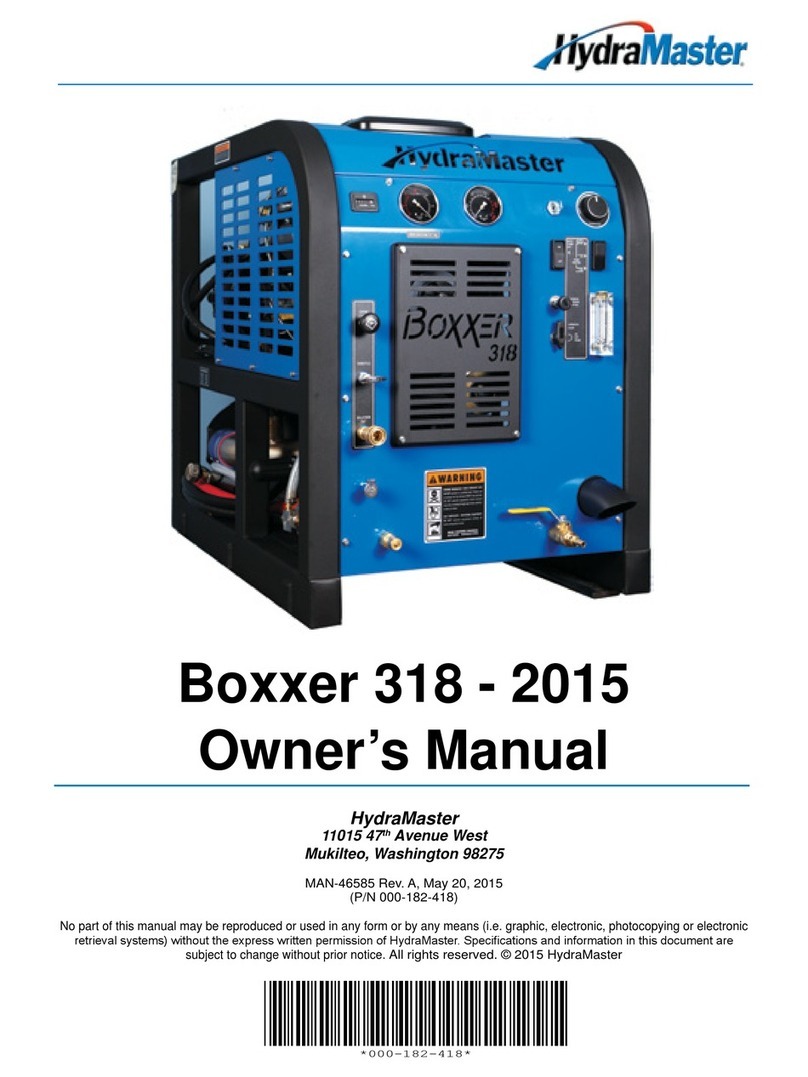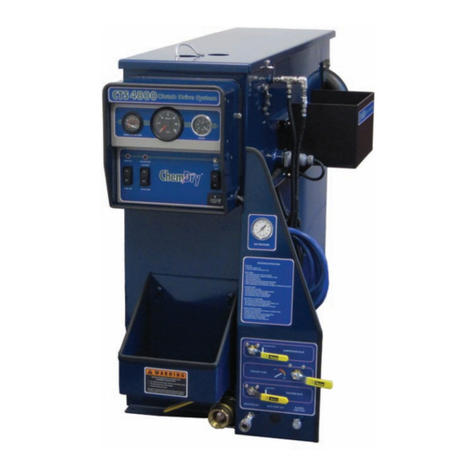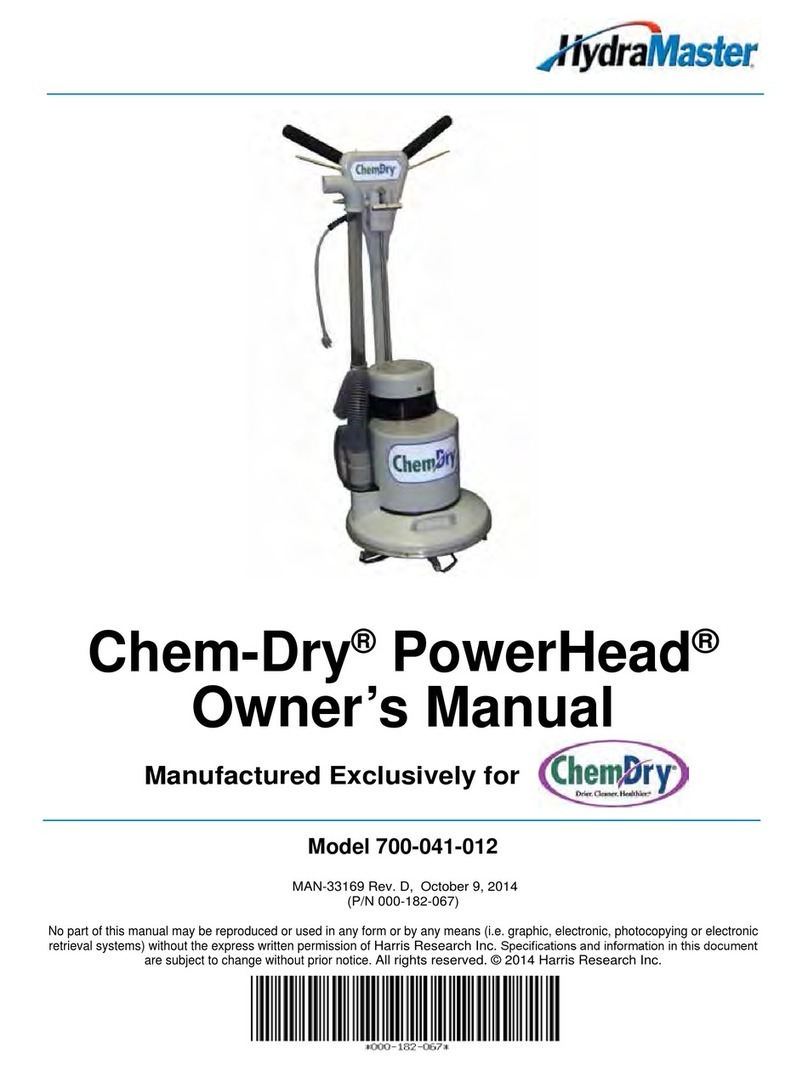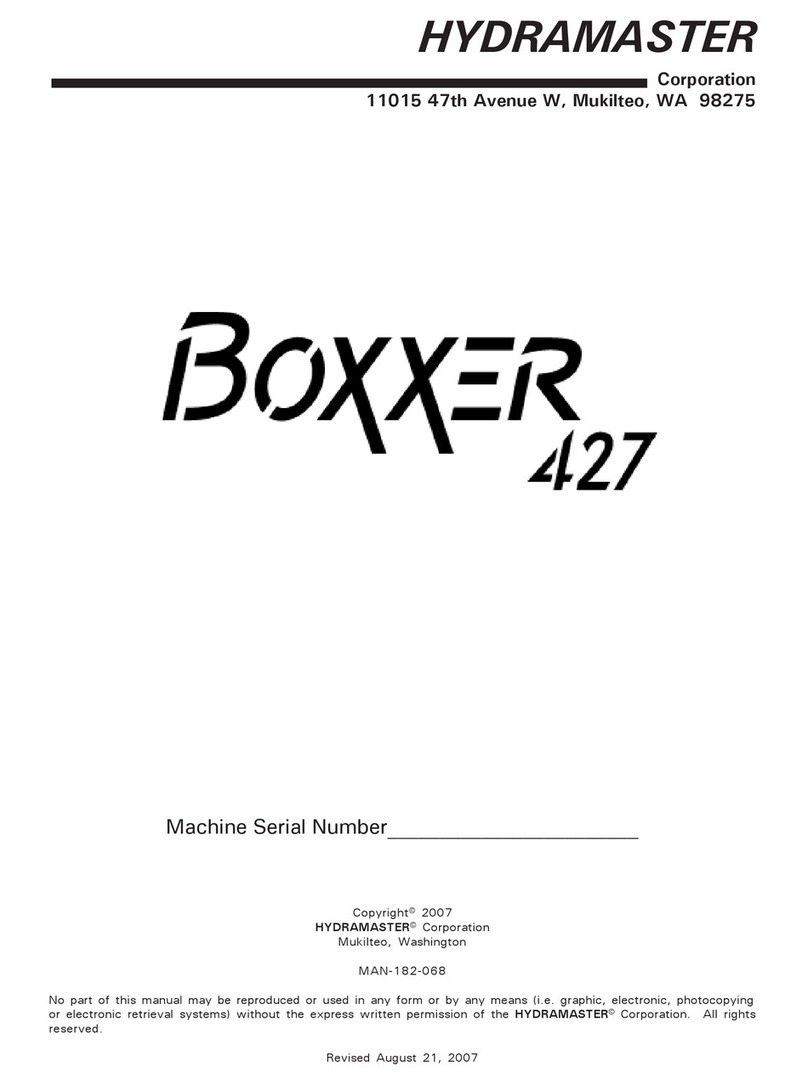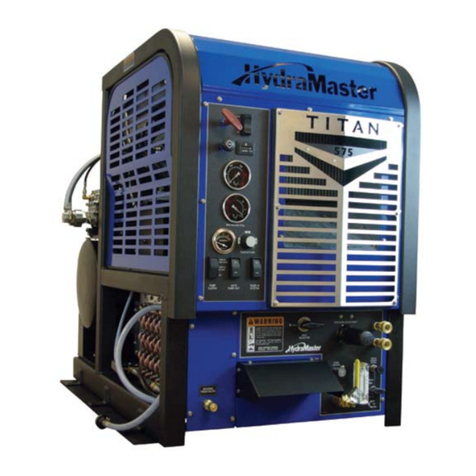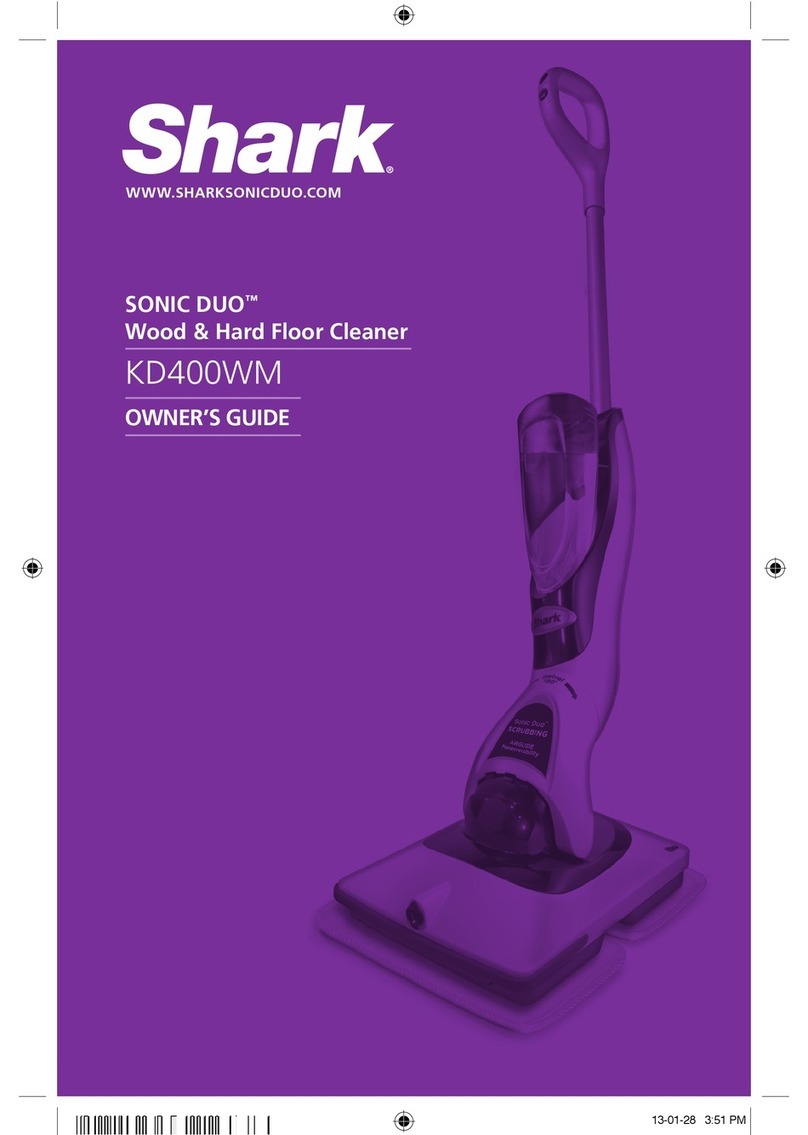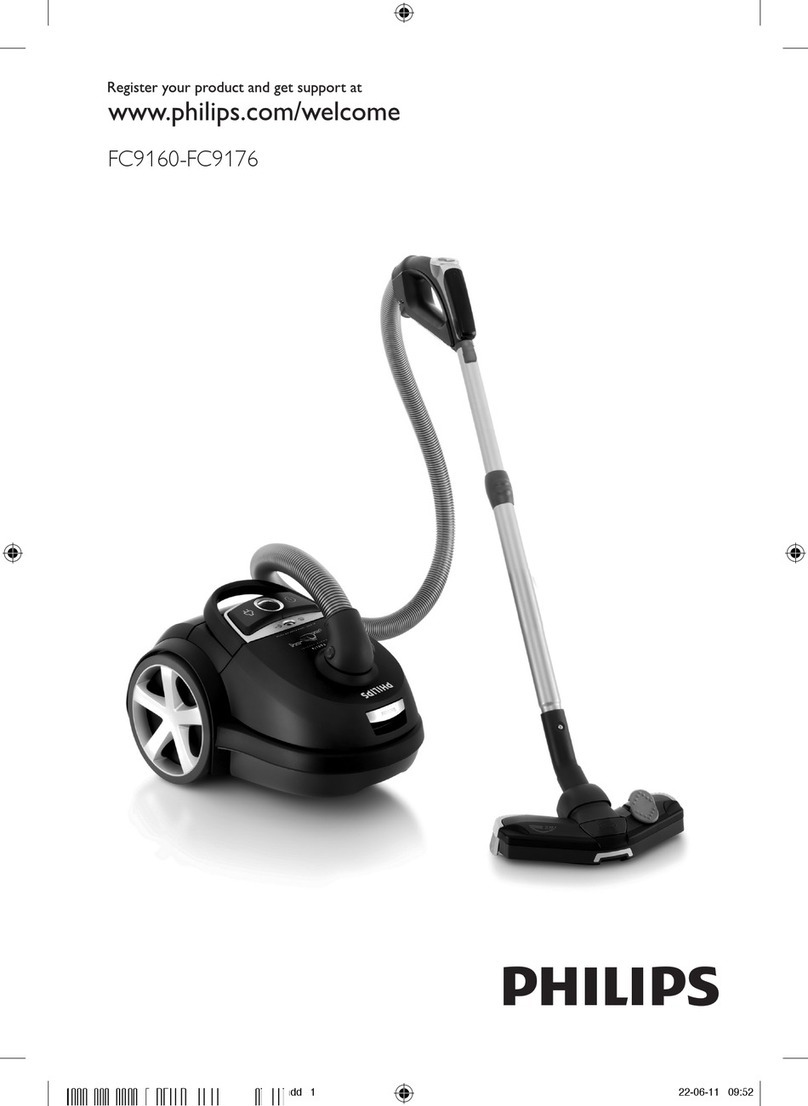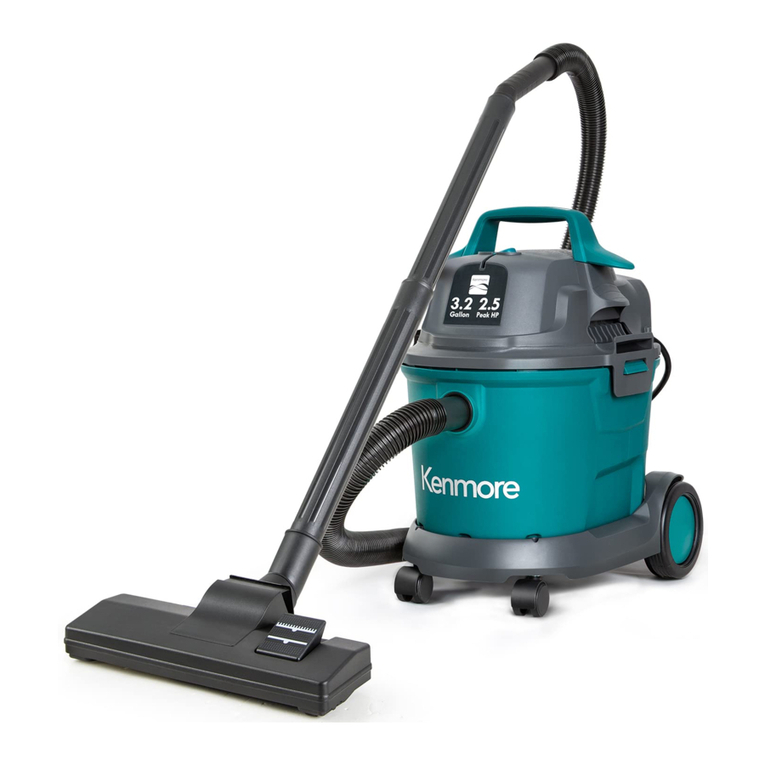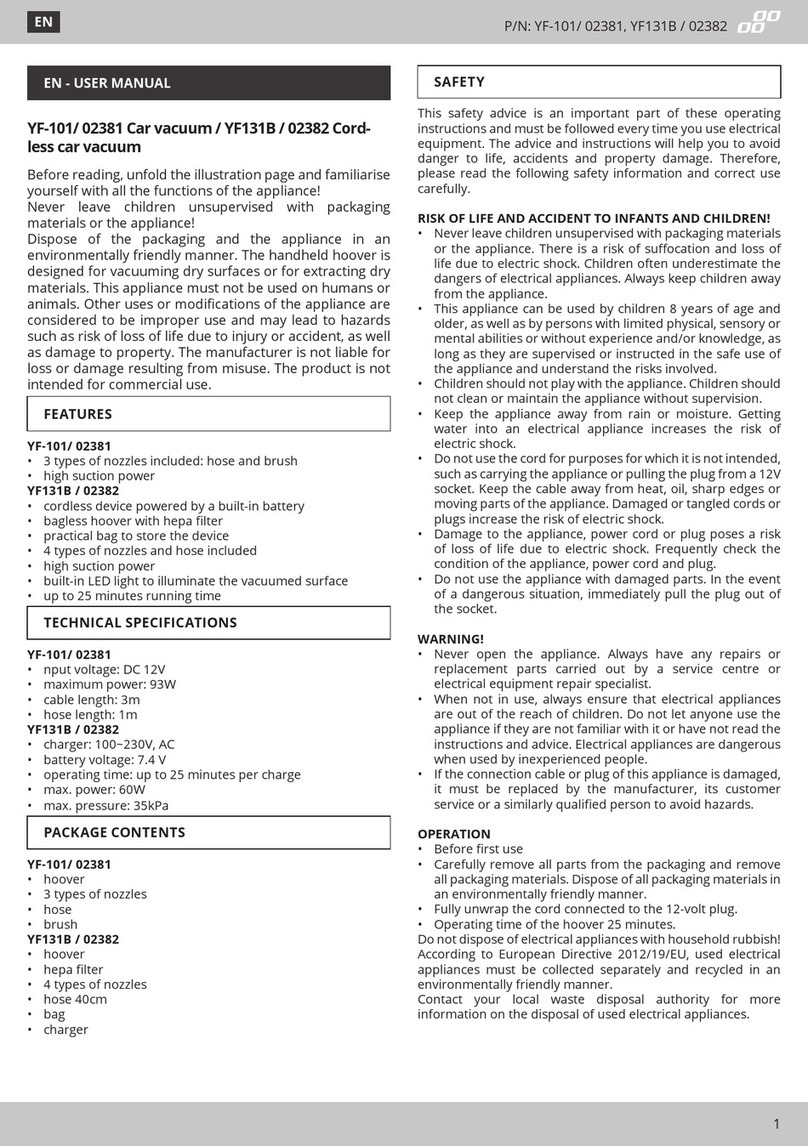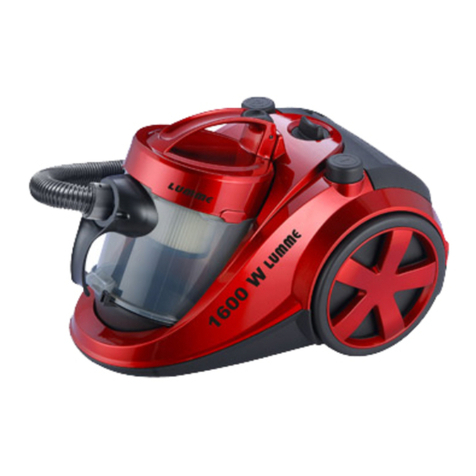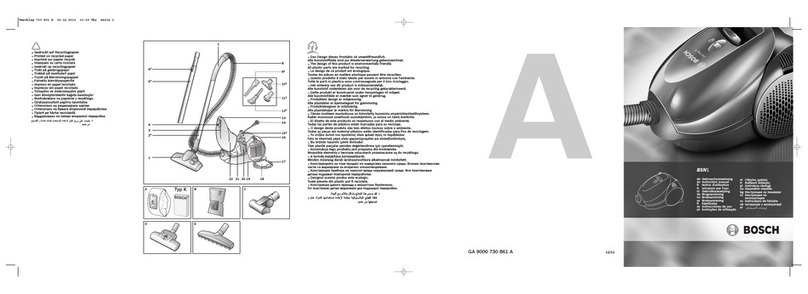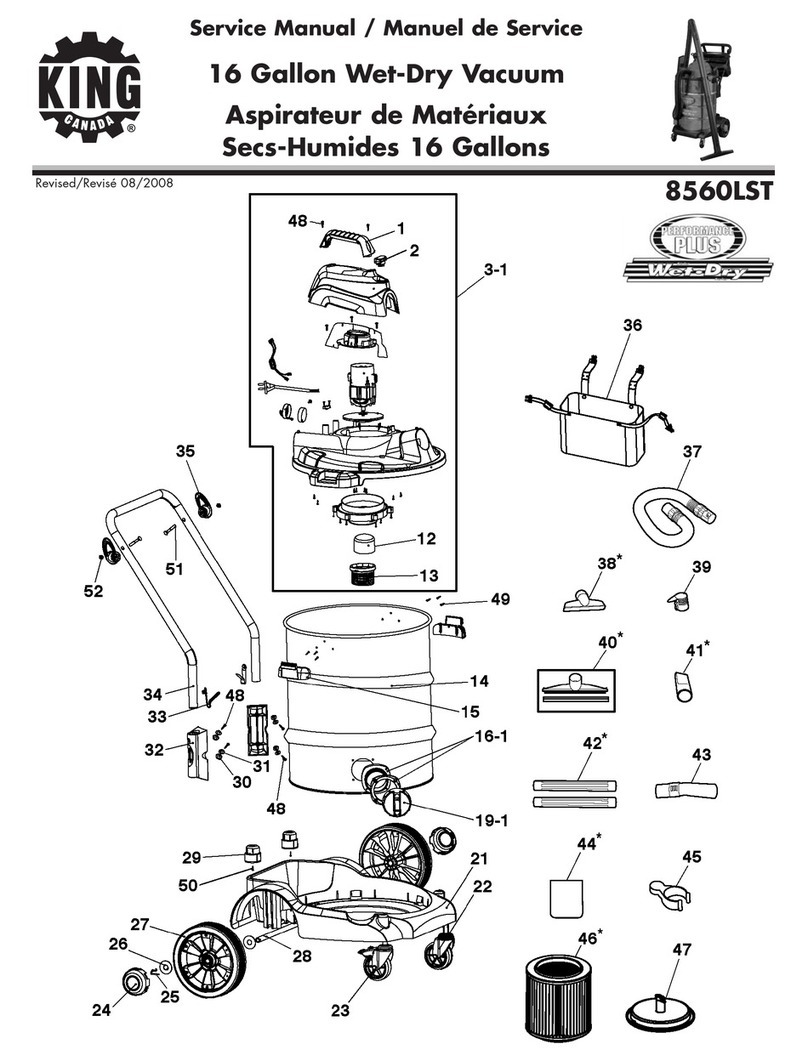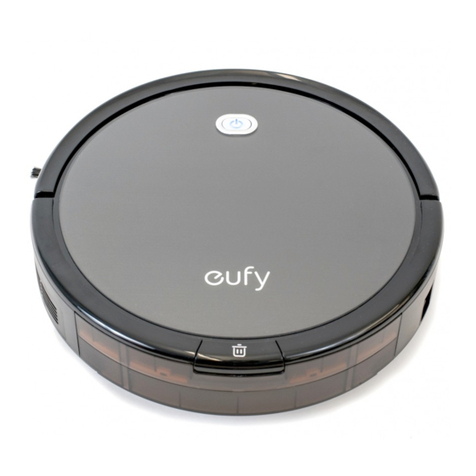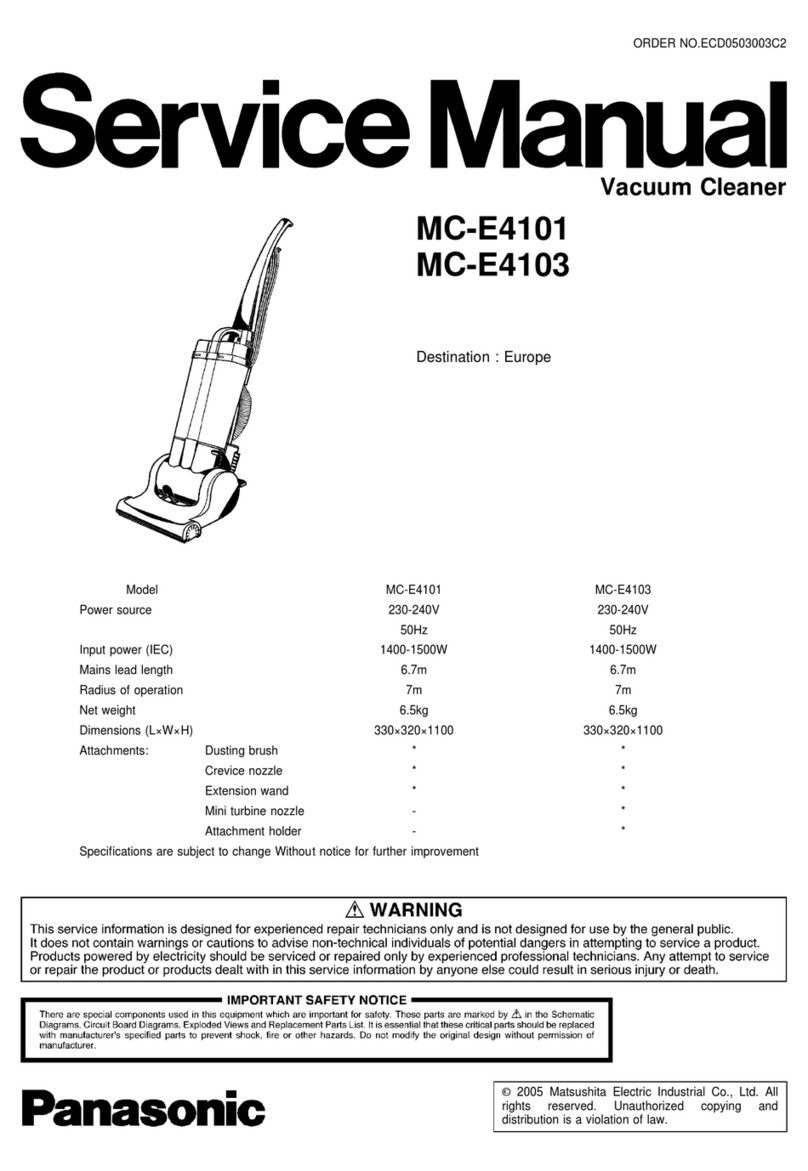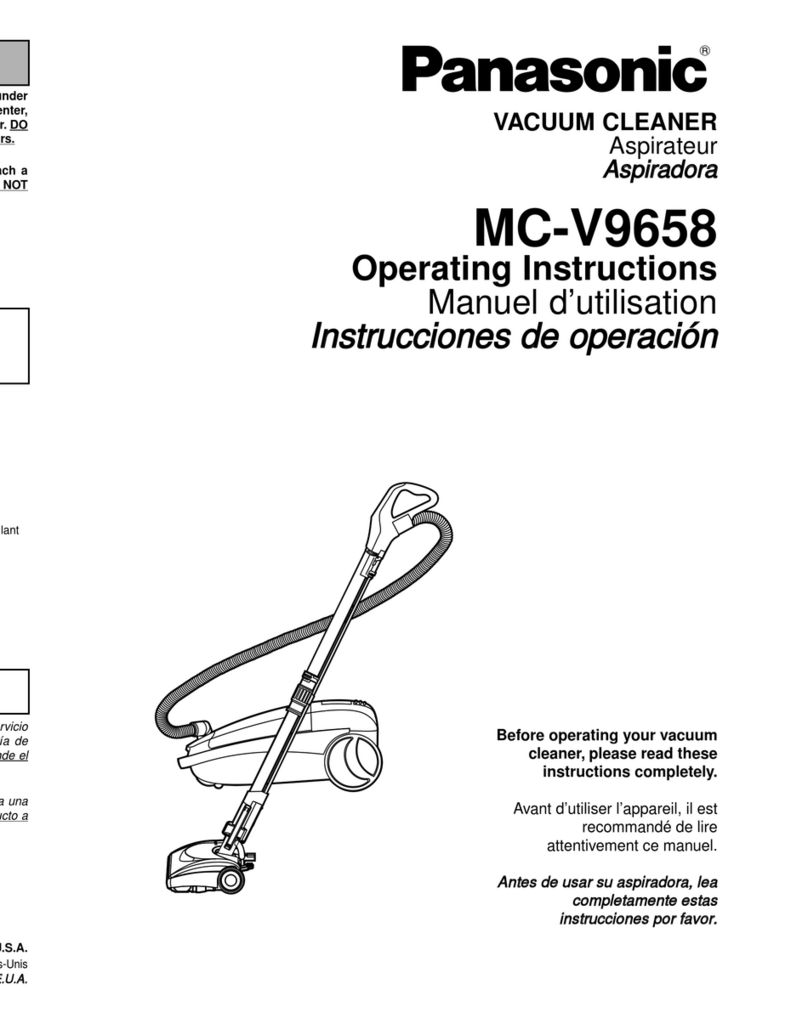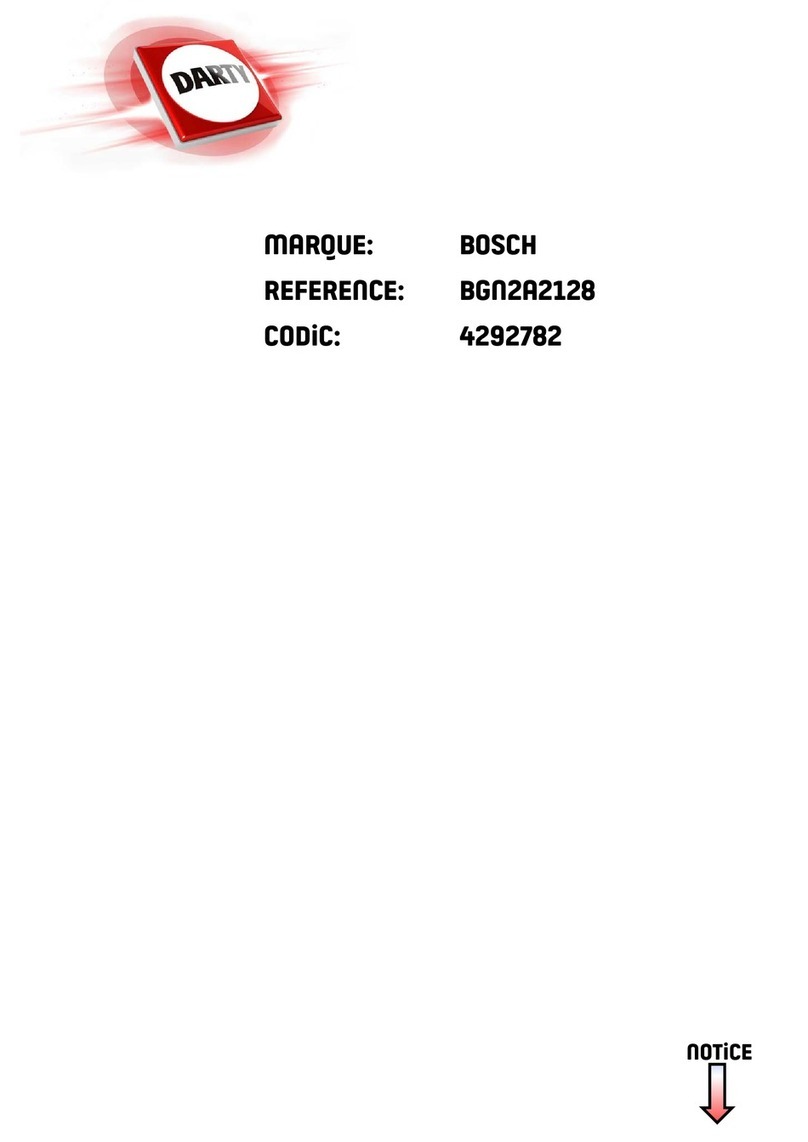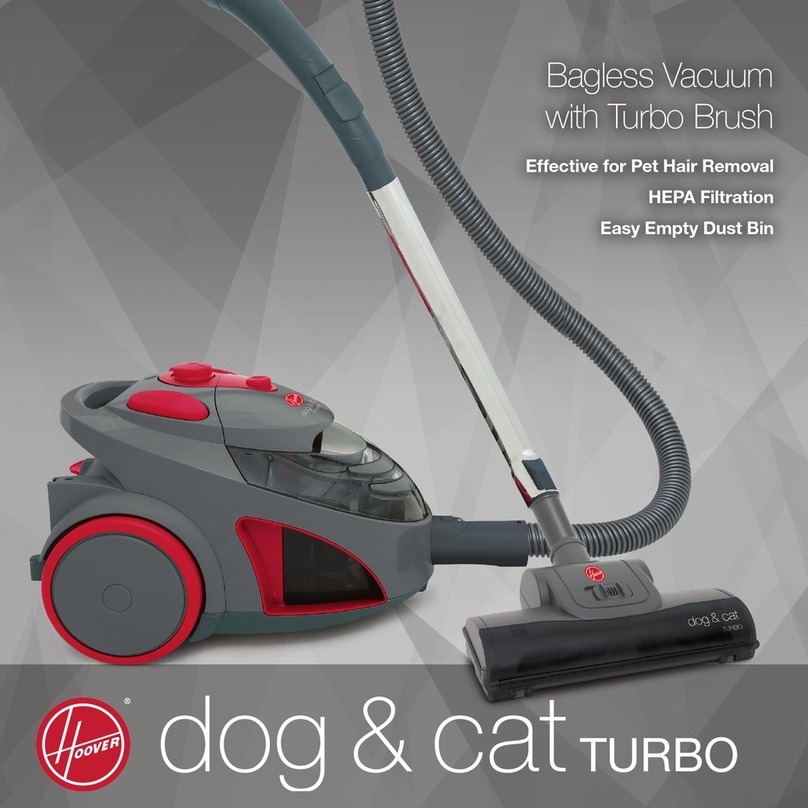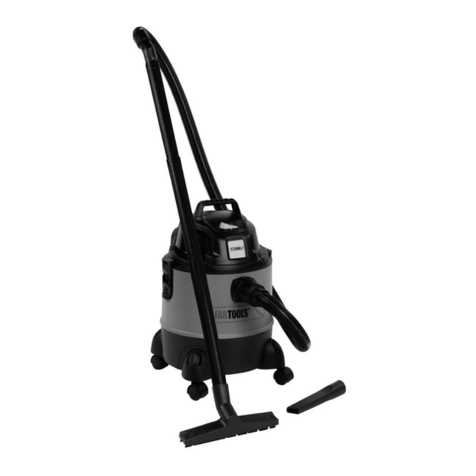
ASSEMBLIES AND PARTS LISTS............................................................ SECTION 7
Recovery Tank Assembly Parts List................................................... 7-6
Power Pack Assembly Parts List ....................................................... 7-9
Blower Assembly Parts List ............................................................... 7-11
Pump Assembly Parts List ................................................................. 7-14
Frame Assembly Parts List ................................................................ 7-16
CDS Front End Assembly Parts List - Chevy..................................... 7-18
CDS Front End Kit Assembly Parts List - Chevy (P/N 000-078-391) 7-19
CDS Front End Kit Assembly Parts List - Ford (P/N 000-078-392) ... 7-20
Dash Box Assembly Parts List........................................................... 7-22
Dash Panel Assembly Parts List........................................................ 7-24
Dual Heat Exchanger Assembly Parts List ........................................ 7-26
Instrument Panel Assembly Parts List ............................................... 7-29
By-Pass Valve Assembly Parts List ................................................... 7-30
Hi-Psi Manifold Assembly Parts List .................................................. 7-31
Dierential Valve Assembly Parts List ............................................... 7-32
Recovery Tank Cover Assembly Parts List ........................................ 7-33
Vacuum Relief Valve Assembly Parts List ......................................... 7-34
Water Box Assembly Parts List.......................................................... 7-37
Diuser Filter Assembly Parts List ..................................................... 7-38
Float Valve Assembly Parts List......................................................... 7-39
Dura-Flow Automatic Pump Out ( APO) Assembly Parts List-
Production.......................................................................................... 7-41
Salsa Heat Exchanger Parts List (Chevy) ......................................... 7-43
Non Salsa Heat Exchanger Parts List ............................................... 7-44
Yaw Sensor Cooling Kit Parts List ..................................................... 7-45
Horizontal Pump In Tank Assembly Parts List ................................... 7-48
120 Gallon Pump-In Tank Fitting Assembly Parts List ....................... 7-49
85 Gallon Rotomold Fresh Water Tank Assembly Parts List ............. 7-52
Pass Through Assembly Parts List .................................................... 7-53
Chevy Cowling Assembly Parts List .................................................. 7-54
Ford Cowling Assembly Parts List ..................................................... 7-55
VACUUM BLOWER SYSTEM.................................................................... SECTION 8
Recovery Tank Inlet Filter .................................................................. 8-2
Vacuum Blower Lubrication ............................................................... 8-2
Vacuum Blower Troubleshooting ....................................................... 8-4
ELECTRICAL SYSTEM.............................................................................. SECTION 9
Troubleshooting ................................................................................. 9-2
CDS 4.8 Owner’s Manual - ii
